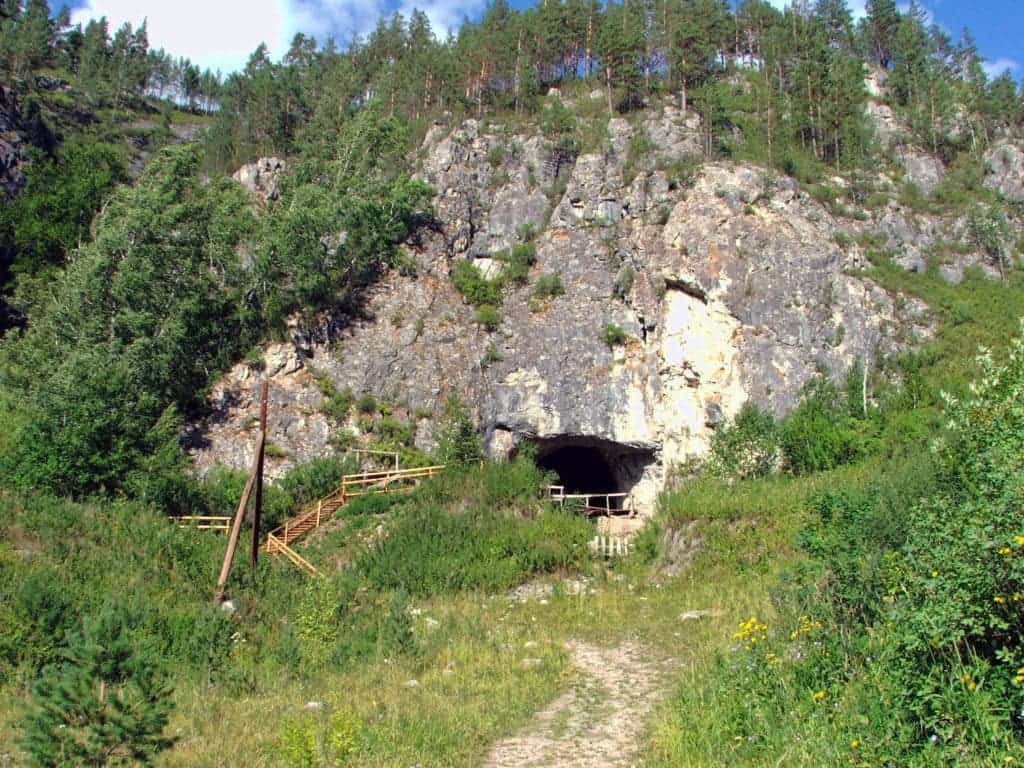Many skeletons of the ancient horse species, the Ovodov horse Equus ovodovi, have been found in old human caves in Siberia. The horses have actually gone extinct much more recently than was expected. A team of researchers from the Institute of Molecular and Cell Biology of the Siberian Branch of the Russian Academy of Sciences compiled the first complete mitochondrial genome of the ancient horse to gain more information about this little-studied species. They now have the idea that it looked somewhat like a zebra or Przewalski’s Horse and know more about how it is related to modern horse species.
Not so ancient
The Ovodov horse belongs to the subgenus Sussemionus that was believed to live in the Early and Middle Pleistocene and to have gone extinct 400,000 years ago. The group includes several species distributed from North America to Eurasia and Africa. The Ovodov horse was first scientifically described in 2010 by Russian archaeologist Dr Nikolai Ovodov based on bones found in a cave in Khakassia. This same specimen was DNA-analysed and found to be 40,000 years old. This new genetic analysis of a specimen found in Denisova Cave in the Altai region shows that this horse was alive up to 32,000 years ago. These recent dates are surprising because they are much more contemporary and the horses actually existed at the same time as ancient humans in the same area. Humans lived in Denisova cave as far back as 282,000 years ago.

The Ovodov horse was common around the Altai caves but eventually became extinct. Three species of ancient man are known to have lived in the Denisova cave, Homo sapiens, Neanderthals, and Denisovans. The humans living in the cave would have had a good vantage point to see the herds grazing in the river valley and hunt them. Indeed, horse skeletons are found inside of the caves where humans lived and have damaged bones, hinting that they may have hunted and eaten them. It is possible that if humans hunted the horses, they could have contributed to their demise. However, according to current evidence, climate change was likely the main culprit.
More like a zebra or donkey
The first DNA study found that the Ovodov horse was not similar to any living horses and was a very basal ancestor of non-caballine horses (not the typical riding horse, but the group that contains stout horses like donkeys). Contrarily, this current study puts Ovodov horses as more closely related to zebras and donkeys. The analysis confirms that these two different specimens are indeed the same species.

We do not know exactly what the horse looks like because only incomplete skeletons were found. Strangely, there aren’t any cave drawings of the Ovodov horse. But if you have the image of a graceful stallion, forget it. This horse was squat and stubby-legged, think zebra. Archaeological evidence shows that it was larger than zebras and most donkeys. The Ovodov horse could weight up to 300 kg (660 lb) and the height at the withers (the ridge between the shoulder blades) is 143-145 cm (56-57 inches). For comparison, donkeys weigh 80 to 480 kg (180 to 1,060 lb) and 79 to 160 cm (31 to 63 inches) tall at the withers. Perhaps the best comparison to a horse living today would be the Przewalski’s horse Equus ferus przewalskii. Possibly, the Ovodov horse was even coloured similarly to blend in with the landscape, but that is just speculation.
Journal reference: Anna S. Druzhkova, A.S., et al., 2017. Complete mitochondrial genome of an extinct Equus (Sussemionus) ovodovi specimen from Denisova cave (Altai, Russia). Mitochondrial DNA Part B.


